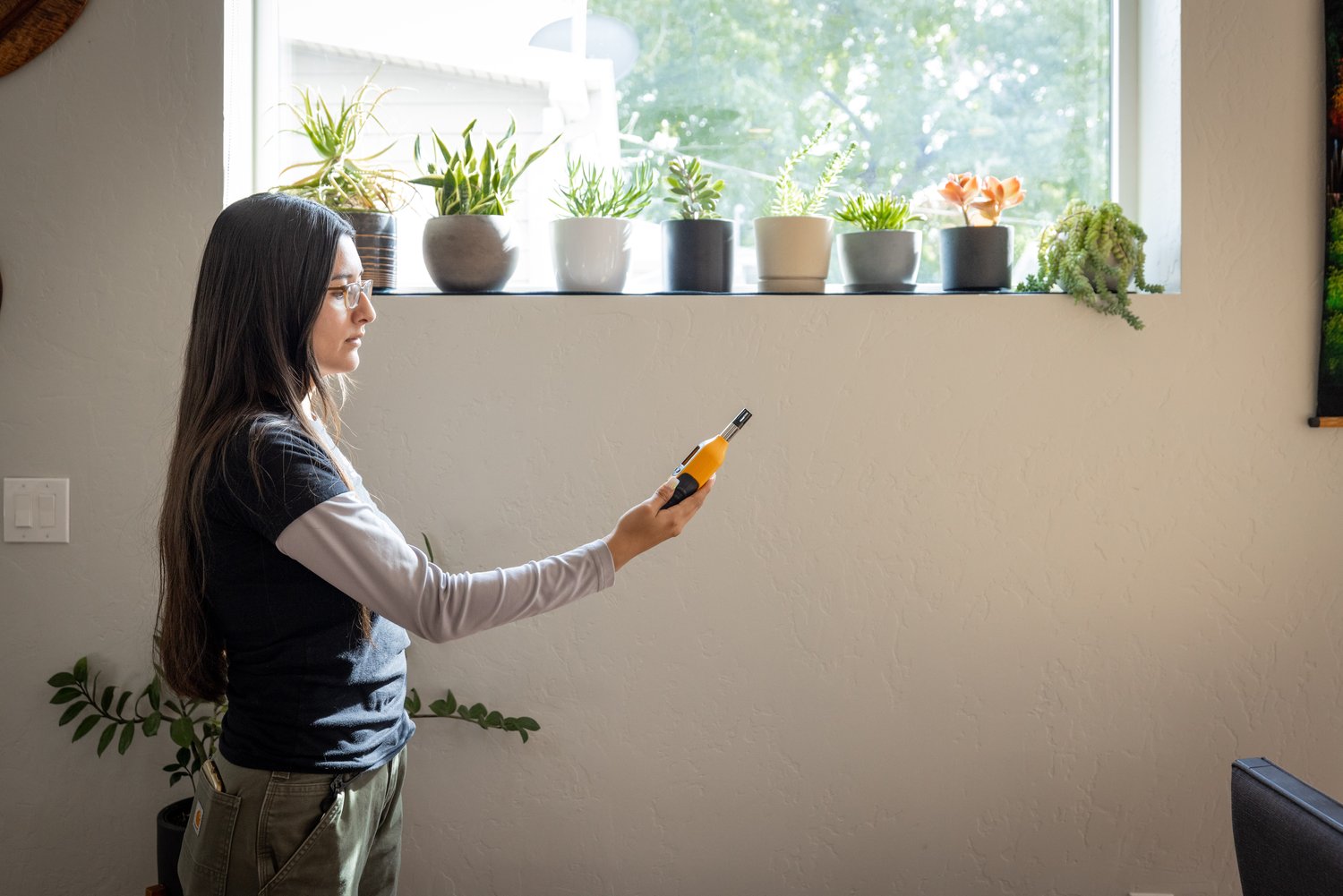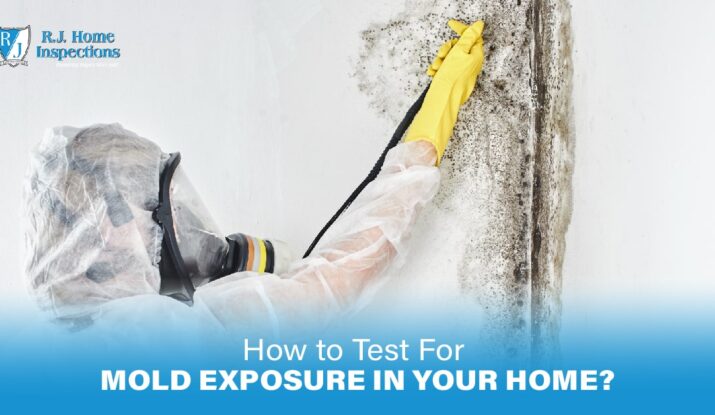Why Mycotoxin Testing Providers Are Essential for Protecting Public Wellness
The significance of mycotoxin testing services in safeguarding public wellness can not be overemphasized. Mycotoxins, hazardous substances generated by fungis, present significant health and wellness threats such as liver damages and cancer when present in food and feed.
Understanding Mycotoxins
Understanding mycotoxins is crucial for guaranteeing food safety and security and safeguarding public health and wellness. Mycotoxins are harmful substances produced by certain sorts of fungi, commonly located in food and feed crops. These fungis can multiply in a selection of conditions, specifically in damp and warm settings, causing contamination during pre-harvest, storage, or processing stages. The most common mycotoxins consist of aflatoxins, ochratoxin A, fumonisins, and trichothecenes, each with distinctive chemical structures and toxicological residential properties.
The visibility of mycotoxins in foods can compromise their security and high quality. They are resistant to traditional food handling techniques, thereby continuing the food supply chain and posing possible risks. Governing bodies worldwide, such as the Food and Agriculture Company (FAO) and the World Wellness Organization (THAT), have established rigid restrictions on appropriate levels of mycotoxins in foodstuff to minimize their adverse impacts.
Efficient mycotoxin management involves detailed tracking and testing to spot and quantify their levels in agricultural products. This aggressive technique aids in recognizing infected batches early, consequently preventing their intro right into the marketplace. Carrying out strict mycotoxin controls is necessary for maintaining food security standards and protecting customer wellness.
Health And Wellness Threats of Mycotoxins

Exposure to mycotoxins presents significant health risks to both humans and animals, necessitating vigilant monitoring and control steps. These harmful second metabolites, created by certain fungis, can pollute food and feed, resulting in intense and persistent wellness issues. In human beings, mycotoxins such as ochratoxins, fumonisins, and aflatoxins can trigger a series of damaging effects, consisting of liver damage, kidney poisoning, immune suppression, and also carcinogenic results. For circumstances, aflatoxins have actually been categorized as Group 1 carcinogens by the International Agency for Research on Cancer Cells (IARC), showing a tested web link to liver cancer cells.

Given these extreme wellness repercussions, it is critical to implement robust mycotoxin screening methods. Accurate detection and quantification of mycotoxins in food and feed are vital to reduce health and wellness risks and make certain animal and public security.
Typical Resources of Contamination

Along with cereals, nuts such as almonds, peanuts, and pistachios are very vulnerable to mycotoxin contamination. Aflatoxins, a powerful type of mycotoxin, are commonly discovered in these nuts, specifically when storage problems are suboptimal. Dried fruits, consisting of apricots, figs, and raisins, likewise present abundant premises for fungal growth because of their high sugar material and moisture-retaining properties.
Moreover, contamination is not restricted to raw agricultural items. Refined foods, animal feeds, and dairy items can additionally contain mycotoxins if the first active ingredients were infected. This expands the danger of direct exposure throughout the food supply chain, requiring rigid tracking and control steps.
Recognizing the usual sources of mycotoxin contamination is crucial for implementing reliable preventative approaches. Mitigating these threats at the resource can considerably minimize the incidence of mycotoxin-related health and wellness concerns, protecting public health.
Examining Methods and Procedures
Advanced logical strategies are utilized to discover and measure mycotoxins in different substratums, guaranteeing public health security. High-Performance Liquid Chromatography (HPLC) paired with mass spectrometry (MS) is a gold standard in mycotoxin screening, providing high level of sensitivity and specificity.
One more commonly made use of method is Enzyme-Linked Immunosorbent Assay (ELISA), which provides quick screening and is economical for huge sample volumes - Mycotoxin testing Services. ELISA sets are advantageous as a result of their simplicity of use and fast turnaround time, making them suitable for on-site testing
Tasting protocols are equally vital. Proper sampling makes certain that the gathered samplings are depictive of the whole batch, thereby decreasing the threat of false negatives or positives. Adherence to developed guidelines, such as those offered weblink by the International Company for Standardization (ISO) and the European Board for Standardization (CEN), is crucial for maintaining consistency and dependability across screening techniques.
Rigorous validation of these methods and methods is crucial. It ensures reproducibility and accuracy, thereby fortifying the stability of mycotoxin management systems.

Benefits of Normal Examining
In the realm of food safety and security and farming top quality control, the benefits of regular mycotoxin testing can not be overemphasized. Consistent screening ensures that agricultural items fulfill safety requirements, thereby shielding consumers from the damaging effects of mycotoxins, that include liver damage, immune reductions, and even cancer. By identifying polluted batches early, routine testing permits prompt treatment, preventing such products from entering the food chain.
Furthermore, regular mycotoxin screening is pivotal for preserving the honesty and online reputation of food manufacturers and providers. Firms that devote to normal screening demonstrate their commitment to public health and food safety, therefore gaining consumer trust and commitment. This positive method can likewise reduce monetary losses connected with product recalls, legal liabilities, and possible trade limitations.
Normal mycotoxin screening guarantees adherence to international and national standards, assisting in smooth trade operations and market access. Inevitably, regular mycotoxin screening not just protects public health however additionally strengthens the economic security and international competition of the agricultural sector.
Final Thought
Mycotoxin screening solutions play a crucial function in public wellness security by identifying and minimizing the risks postured by toxic fungal substances in food and feed. By identifying contamination early, these solutions stop severe wellness issues such as liver damage and cancer, making certain conformity with regulatory criteria. Normal testing boosts customer trust, supports the honesty of the agricultural field, and ultimately adds to the guarding of food safety and security and public health.
The relevance of mycotoxin testing services in safeguarding public health can not be overemphasized.Understanding mycotoxins is important for making sure food security and securing public wellness. Mycotoxin testing Services. Regulatory bodies worldwide, such as the Food and Farming Company (FAO) and the Globe Health Organization (WHO), have his comment is here actually set rigorous limits on appropriate degrees of mycotoxins in food items to mitigate their negative effects
Eventually, regular mycotoxin screening not only safeguards public health and wellness however likewise strengthens the economic stability and worldwide competition of the farming sector.
Mycotoxin this contact form testing services play an important function in public health and wellness protection by identifying and alleviating the dangers posed by toxic fungal substances in food and feed.